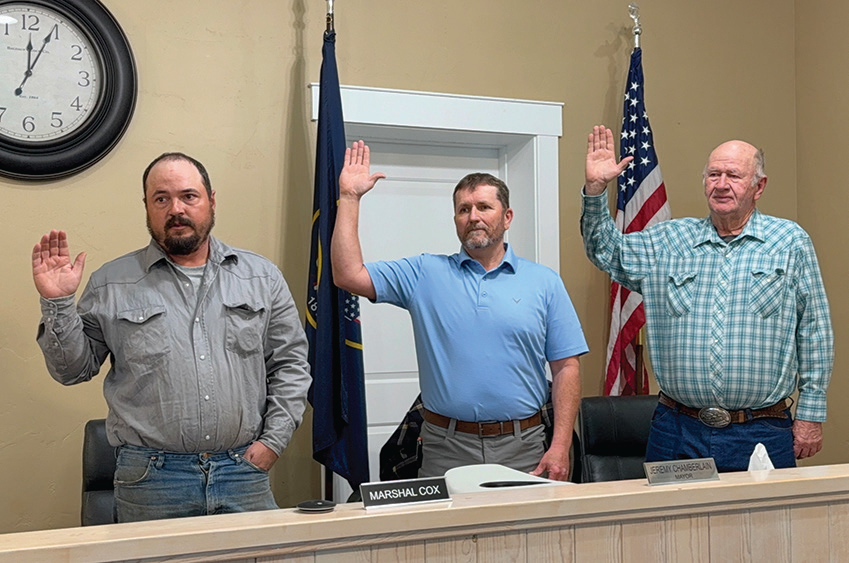Wirepass Canyon gets new ladder after flooding
- SUNews

- Jul 14, 2021
- 3 min read
by Phil Clark

On or around June 29, 2021, a monsoonal thunderstorm (remember what those were like?) formed and the rain caused a flooding event in Wirepass and Buckskin Gulch canyons. On July 1, 2021, this reporter hiked down both canyons to discover not only the results of the cleansing flood in the canyon, but also that the sturdy, solid ladder in Wirepass canyon, that had been in place for around a year, was gone.
According to David Hercher of the Bureau of Land Management (BLM) the ladder was removed because it had been irreparably damaged in the flood and, since the canyon is in the Paria Wilderness, it wasn’t supposed to be there in the first place. On July 12, 2021, a new, even sturdier ladder was installed in a partnership with local tour companies.
For almost two weeks, hikers were required to use a bypass trail to avoid the eight to ten foot drop off. Thirty-five years ago, this reporter descended the same drop-off when it was only around three and a half feet high. The bypass route is steep and was temporarily marked with stacks of rocks, called ‘cairns’. Hikers and backpackers used the steep route, with an elevation gain of between 50 - 100 feet, to bypass the drop-off in Wirepass canyon. Some fit and intrepid hikers have navigated the dropoff, but it is not for the faint of heart.

Wirepass canyon was completely dry on July 1. There were several pools of water in Buckskin canyon, both upstream and downstream of the Wirepass confluence. A week later, the pools continued to shrink and do not require wading shoes until well past the normal ‘day hiking’ distance. Hikers have told this reporter that other pools requiring wading still exist downstream.
Mother Nature flushed the debris, driftwood, smaller rocks, sand, various types of human and livestock waste, and toilet paper down the canyon and washed some of the muddy handprints off of the lower canyon walls. According to a commercial guide, weeks ago, a visitor apparently used pepper spray at the drop off, causing almost all visitors to cough when using the ladder for weeks afterward. The flood also cleared the canyon of the pepper spray. Both canyons smelled fresh and clean after the flood!
The BLM recently installed two new concrete double vault toilets at the Wirepass Trailhead and relocated the existing toilet to the Buckskin Trailhead. Hikers are reminded not to relieve themselves in the canyon, and especially not “No. 2”. If Nature makes it absolutely necessary, and out of consideration for other hikers, hikers are urged to remove the toilet paper by placing it in a re-sealable plastic bag for later disposal in an appropriate container. Most experienced hikers routinely carry empty resealable bags to remove trash. Consider removing human waste in a sealable bag as well.
As a reminder, leaving muddy hand prints or other graffiti on canyon walls is inappropriate and damages existing natural and cultural resources. Before marking up the walls, or leaving more than footprints, hikers and their children should ask themselves, “Would it be OK for someone else to do this to my house or to my church?” For many, including this reporter, southern Utah is their ‘church’.
With continued accumulation of human, horse and cattle waste, backpackers who depend on standing water in the canyon for drinking should never drink it untreated. Hikers must sterilize the water by boiling, filtering, using ultraviolet sterilization pens or chlorine/iodine tablets, or other appropriate methods. Springs exist further down in the canyons, but not within a day-hike from Wirepass, so bring plenty of water. It is recommended that hikers bring at least four liters (one gallon) of water per person, per day.
Wirepass and Buckskin Gulch have experienced an enormous increase in use since the start of the pandemic. The Navajo Nation closed all parks on tribal lands in March 2020, including Antelope Canyon. Not only has social media drawn people to these canyons, hikers are being sent to Wirepass and Buckskin canyons by nearby visitor information centers. Both Upper and Lower Antelope Canyons reopened on July 12, 2021, and reservations are being taken.
As we continue to have unprecedented high daytime temperatures, hikers need to use caution while hiking these canyons due to the high heat and the occasional horse tour using the canyon at the same time. Should visitors wish to contact the BLM, they should contact the Kanab Field Office at 669 S Highway 89A; Kanab, UT 84741, or call (435) 644-1300 and email utknmail@blm.gov.



